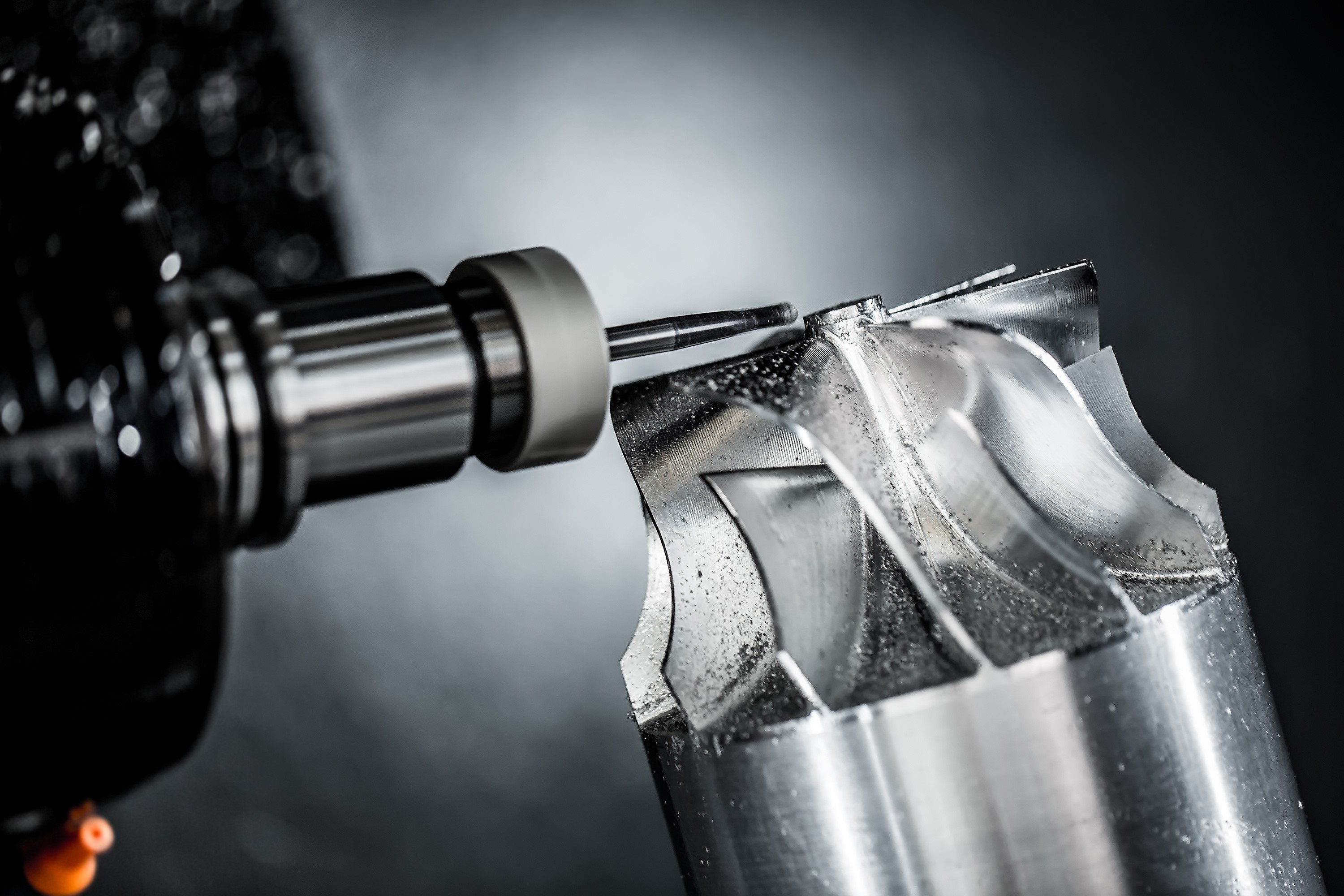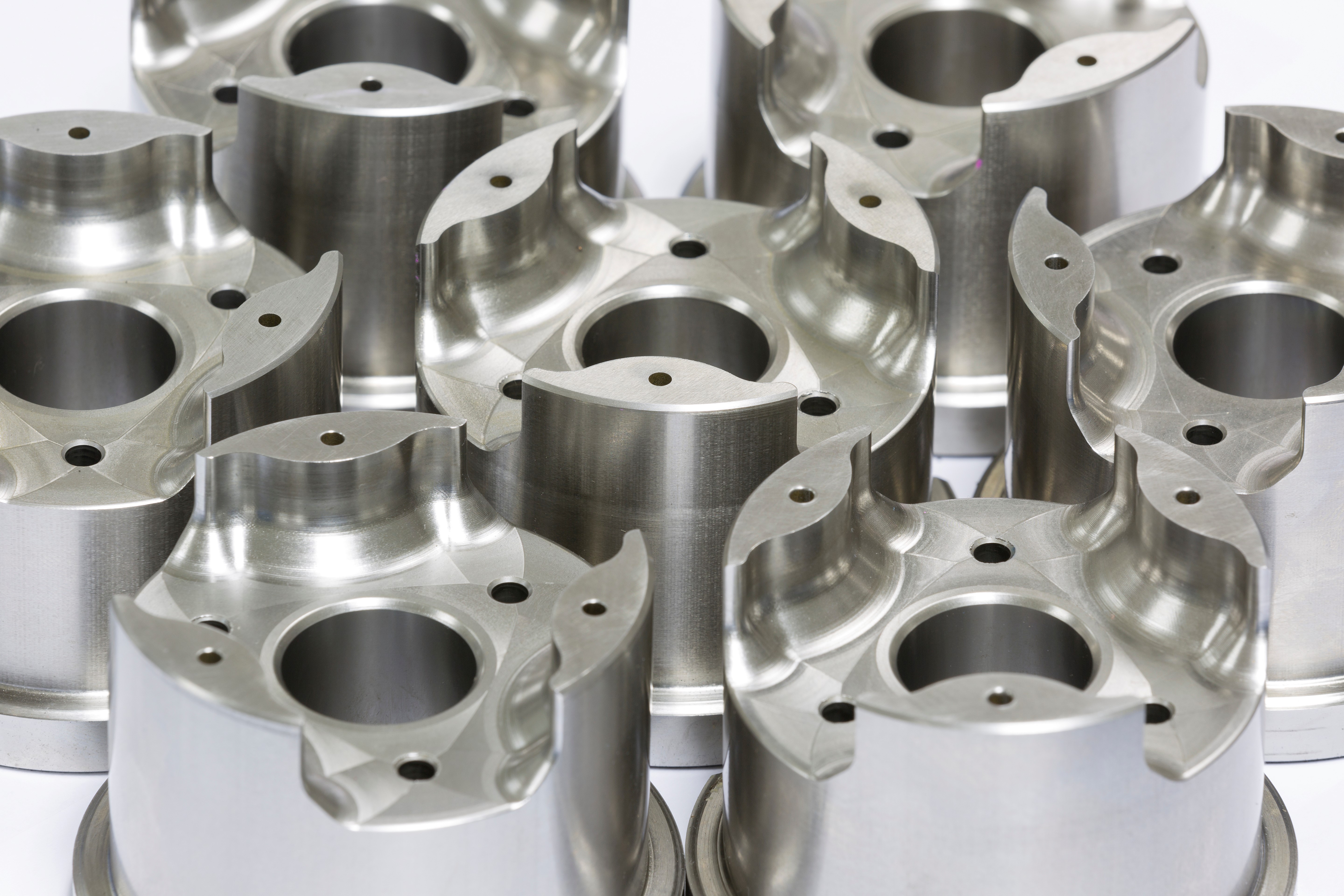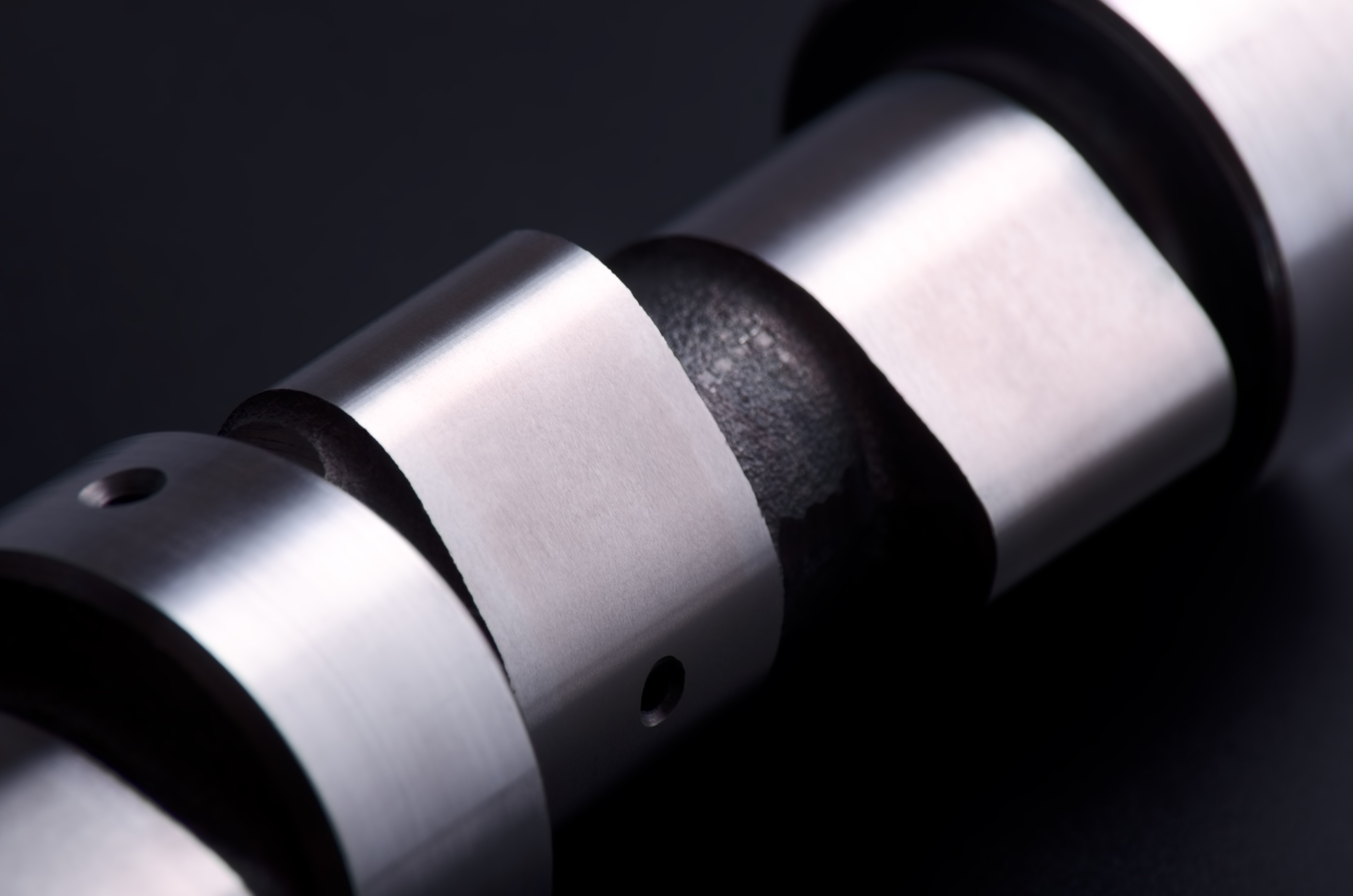
Machine shops that have historically lacked unbiased, expert guidance on selecting tooling for specific applications now have online access to comprehensive resources that cover the breadth of the marketplace with no strings attached.
Smaller machine shops face challenges not only in the wide range of applications and materials they encounter, but also in selecting the tooling that will best accommodate it.
“I’ve seen many machine shops essentially over-spec the tools they need for a new project, and it is costing them a lot of money,” said Lermit Diaz, founder and CEO of SCTools, a Michigan-based national tooling distributor to machine shops. “It can work the other way too, where the machine shop ends up not getting the best tool for the job costing them time and material to make it work.”

Unlike an OEM, which may dedicate a machine to a single material or to one operation, smaller CNC machine shops survive by being able to machine a variety of materials for customers across diverse industry sectors.
“A machine shop may be cutting stainless steel one day, forged steel the next, and then have an order for aluminum parts,” said Diaz. “Flexibility is important, but it is very difficult for a smaller shop to stay current with the latest information on all materials and all styles of machining. They don’t have the margins the large OEMs have to hire a mechanical engineer or purchase separate tooling for every material machined.”
The need for education
The idea to develop free online resources to assist small and medium-sized CNC machine shops came from the questions that Diaz would get from customers. “Every time I visited customers, they asked a lot of questions. They might not know how to do a specific job, or they wanted to know how to do it better. That sparked the idea to provide free online machining resources for the industry.”
Diaz wanted to fill an education gap that he saw when looking at the traditional relationship between a shop and their distributor.
“So many shops go to a distributor website and order several different tools, cutters, or inserts and still don’t achieve the desired [machining] result. They may also run the tool on the machine incorrectly. That means they are spending money hand-over-fist because they are purchasing tools they don’t need, and instead of getting five to ten parts per cutter, they might get one.”
Sharing machining knowledge

To empower smaller CNC machine shops to make the right decisions on their machining orders, Diaz created TechTips, a free online resource where questions can be answered before they bid on projects and purchase new equipment. The website page was created solely for educational purposes to assist small and medium-sized CNC machine shops, with no obligations to purchase from the distributor that hosts the content, SCTools. For those that simply want to call in and get questions answered, the support staff at SCTools has extensive knowledge and often hands-on machining background that includes operating equipment and programming.
The online resource is a significant database of technical knowledge. Since launching the TechTips database, it has grown to over 1,500 electronic pages of resources for the machining industry with plans to expand it to 2,000 pages by the end of the year. The database continues to increase its glossary to facilitate topic searches. Content areas include turning, milling, drilling, tapping, metals, calculation & programming, and grinding. To give an example of just how detailed this resource is, a section on how to machine the most common materials in the market is over 700 pages.
For those interested in new developments in the industry, a weekly e-newsletter called TechTalk from SCTools also provides content on a wide range of topics including machining, grinding, cutting tools, metals, and coatings.
Reexamining the role of parts distributors
When founding SCTools, Diaz wanted to challenge the traditional role of a distributor.
“Traditionally distributors will serve you if you have a part number,” said Diaz. “Instead, the focus should be on the customer’s application to identify just the tools they need. “There are many distributors that CNC machine shops can go to if they just want to order a part and have the order filled. Instead, we are trying to be more of a resource for the smaller machine shops, a partner to go to for advice and help,” said Diaz.
Jason Huo, Manager Cold Forging, Dyna-Mig, a division of F&P Mfg., Inc said, “In choosing tooling options for the development for a new model, we have definitely benefited from relying on expert guidance rather than resorting to lengthy, more costly trials.”
Online resources that make a wide span of technical machining knowledge available to small and medium sized machine shops are enabling them to make better decisions as they take on new projects. In the process, the traditional relationship between machine shop and distributor is evolving to be more of a partnership.
For more information on the free online machining resources, visit the TechTips page at https://sctools.online/pages/machining-techtips.
Related Glossary Terms
- computer numerical control ( CNC)
computer numerical control ( CNC)
Microprocessor-based controller dedicated to a machine tool that permits the creation or modification of parts. Programmed numerical control activates the machine’s servos and spindle drives and controls the various machining operations. See DNC, direct numerical control; NC, numerical control.
- gang cutting ( milling)
gang cutting ( milling)
Machining with several cutters mounted on a single arbor, generally for simultaneous cutting.
- grinding
grinding
Machining operation in which material is removed from the workpiece by a powered abrasive wheel, stone, belt, paste, sheet, compound, slurry, etc. Takes various forms: surface grinding (creates flat and/or squared surfaces); cylindrical grinding (for external cylindrical and tapered shapes, fillets, undercuts, etc.); centerless grinding; chamfering; thread and form grinding; tool and cutter grinding; offhand grinding; lapping and polishing (grinding with extremely fine grits to create ultrasmooth surfaces); honing; and disc grinding.
- milling
milling
Machining operation in which metal or other material is removed by applying power to a rotating cutter. In vertical milling, the cutting tool is mounted vertically on the spindle. In horizontal milling, the cutting tool is mounted horizontally, either directly on the spindle or on an arbor. Horizontal milling is further broken down into conventional milling, where the cutter rotates opposite the direction of feed, or “up” into the workpiece; and climb milling, where the cutter rotates in the direction of feed, or “down” into the workpiece. Milling operations include plane or surface milling, endmilling, facemilling, angle milling, form milling and profiling.
- sawing machine ( saw)
sawing machine ( saw)
Machine designed to use a serrated-tooth blade to cut metal or other material. Comes in a wide variety of styles but takes one of four basic forms: hacksaw (a simple, rugged machine that uses a reciprocating motion to part metal or other material); cold or circular saw (powers a circular blade that cuts structural materials); bandsaw (runs an endless band; the two basic types are cutoff and contour band machines, which cut intricate contours and shapes); and abrasive cutoff saw (similar in appearance to the cold saw, but uses an abrasive disc that rotates at high speeds rather than a blade with serrated teeth).
- tapping
tapping
Machining operation in which a tap, with teeth on its periphery, cuts internal threads in a predrilled hole having a smaller diameter than the tap diameter. Threads are formed by a combined rotary and axial-relative motion between tap and workpiece. See tap.
- turning
turning
Workpiece is held in a chuck, mounted on a face plate or secured between centers and rotated while a cutting tool, normally a single-point tool, is fed into it along its periphery or across its end or face. Takes the form of straight turning (cutting along the periphery of the workpiece); taper turning (creating a taper); step turning (turning different-size diameters on the same work); chamfering (beveling an edge or shoulder); facing (cutting on an end); turning threads (usually external but can be internal); roughing (high-volume metal removal); and finishing (final light cuts). Performed on lathes, turning centers, chucking machines, automatic screw machines and similar machines.
